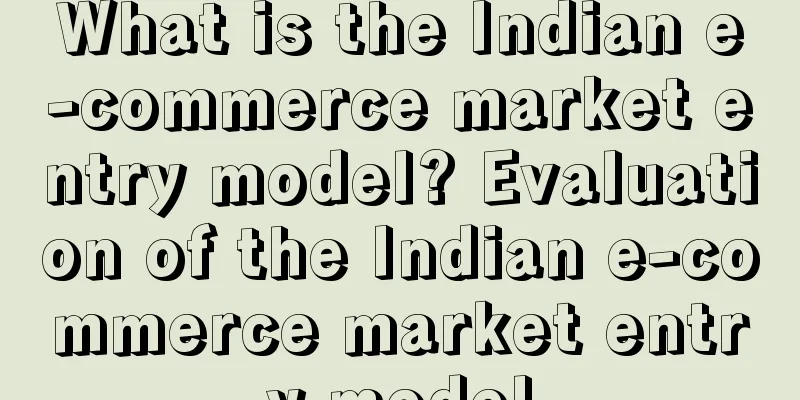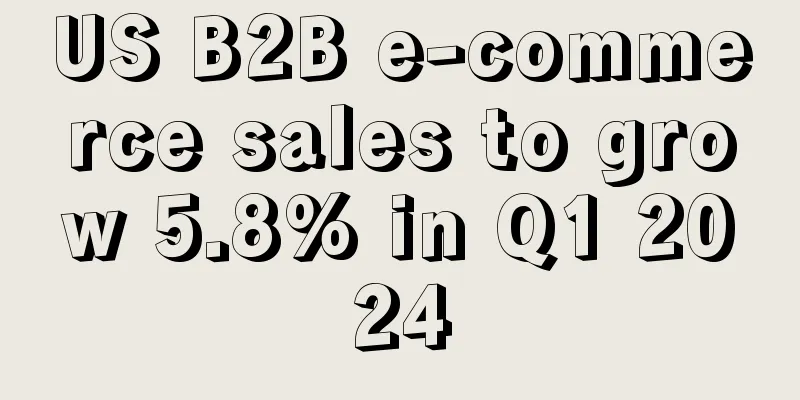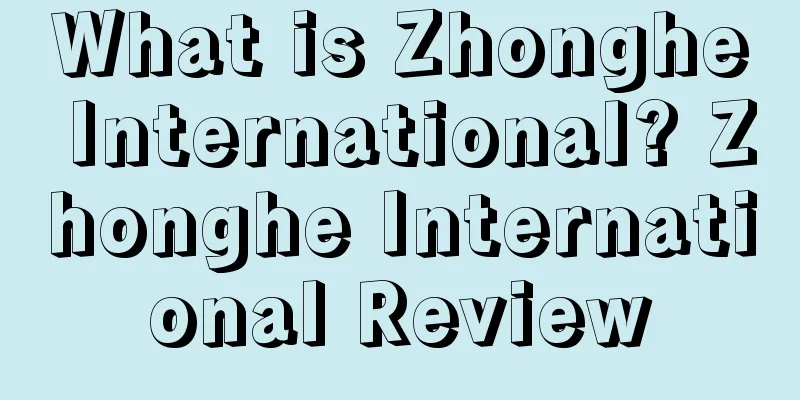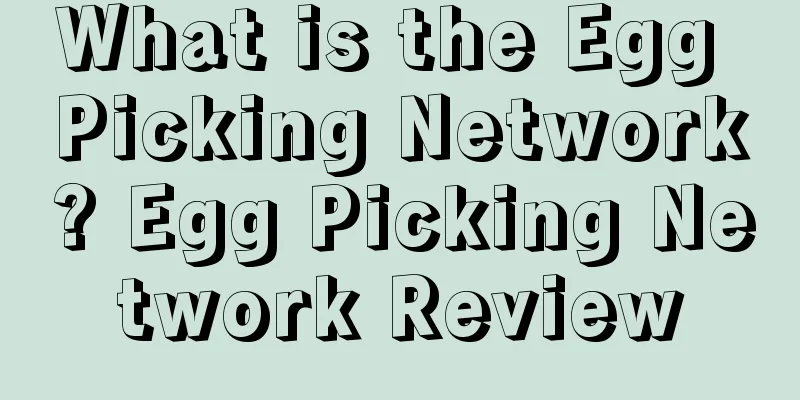What is the Indian e-commerce market entry model? Evaluation of the Indian e-commerce market entry model

|
There are two modes of entry into the Indian e-commerce market: direct sales through foreign business entities and sales through Indian entities . 1. Direct sales through a foreign business entity Generally speaking, Chinese sellers who sell directly through foreign entities sell products to consumers in India through independent websites or e-commerce platforms outside of India, using a direct logistics model. Advantages: No need to build inventory, prevent inventory backlogs, and no need to cooperate directly with local Indian companies. Disadvantages : The overseas direct delivery logistics model takes a long time, is expensive, and has high tax costs, which is an average of 30% of the selling price. It is not suitable for products with low unit prices; it cannot meet the requirements for refunds and returns, affecting customer experience. It is applicable to "Significant Economic Presence (SEP)", which will be the focus of Indian government supervision in the future. 2. Selling through Indian entities In accordance with India's FDI regulatory requirements, some Chinese sellers look for local partners in India to jointly set up Indian entities, transport goods from abroad to India, and then use the Indian entities to open stores on Indian e-commerce platforms for sales, such as Amazon India, or sell to Indian wholesalers according to the B2B sales process, and finally sell to consumers, completing the entire sales chain. Advantages: Effectively improve logistics efficiency and costs, and enhance the purchasing experience of local buyers. The tax rate is slightly lower than that of foreign physical sales, averaging 23% of the selling price. Disadvantages: According to Indian FDI regulations, Chinese sellers can only hold 49% of the shares in the Indian entity established by Chinese sellers and their Indian partners, which may lead to repayment risks and unfair transactions. Chinese sellers need to have a certain understanding of local laws, regulations and cultural customs. The direct delivery model is relatively costly and small in scale. Considering taxes, costs, and compliance, the second model of selling through Indian entities is more suitable for the needs of Chinese sellers at this stage. However, the local knowledge and relationship network required for this model are very complex. |
<<: What is Xiaoxing Logistics? Xiaoxing Logistics Review
>>: What is Xiaofeixia Logistics? Xiaofeixia Logistics Review
Recommend
What is Vide dressing? Vide dressing review
Vide-dressing is the first C2C second-hand clothin...
What is ETA? ETA Review
ETA is the abbreviation of Estimated Time of Arriv...
Breaking news! Amazon is strictly checking these two types of products, and more than 5,000 sellers have been affected!
Shortly after the beginning of 2021, big things ha...
Stop selling products with a low average order value of 9.9. Products with a high average order value are the future trend!
Why do we need to make high-priced products? Disad...
Super powerful plug-in for cross-border e-commerce! Amazon sellers use it to sell 100,000 orders!
Last week, a Shenzhen Amazon seller told us that t...
What is Sociolla? Sociolla Review
Sociolla is an e-commerce website in Jakarta, Indo...
Account verification or annual verification? Amazon Global Selling responded: It will not directly lead to account suspension!
In 2023, the tide of cross-border e-commerce chang...
Wayfair's Q4 revenue was $3.1 billion, with 21.4 million active customers
It is learned that on February 20, Wayfair, the US...
What is Keyhole? Keyhole Review
Keyhole tool can track #hashtag, @account, keyword...
What is TOMOSON? TOMOSON Review
TOMOSON is a platform that connects "influenc...
More than 90% of CE certificates are fake! Just now, the EU officially issued a warning...
Recently, the European Safety Federation (ESF), th...
An inventory of the most common types of infringement on the eBay platform
If you ask what cross-border e-commerce sellers ar...
What is iPrice? iPrice Review
iPrice is an online e-commerce aggregation website...
USPS warns you that packages to the UK may be delayed!
<span data-docs-delta="[[20,"获悉,据外媒报道,近日US...
Another US trademark scandal! Tens of thousands of trademarks are involved again!
This is the latest news, not old news. So be sure ...









